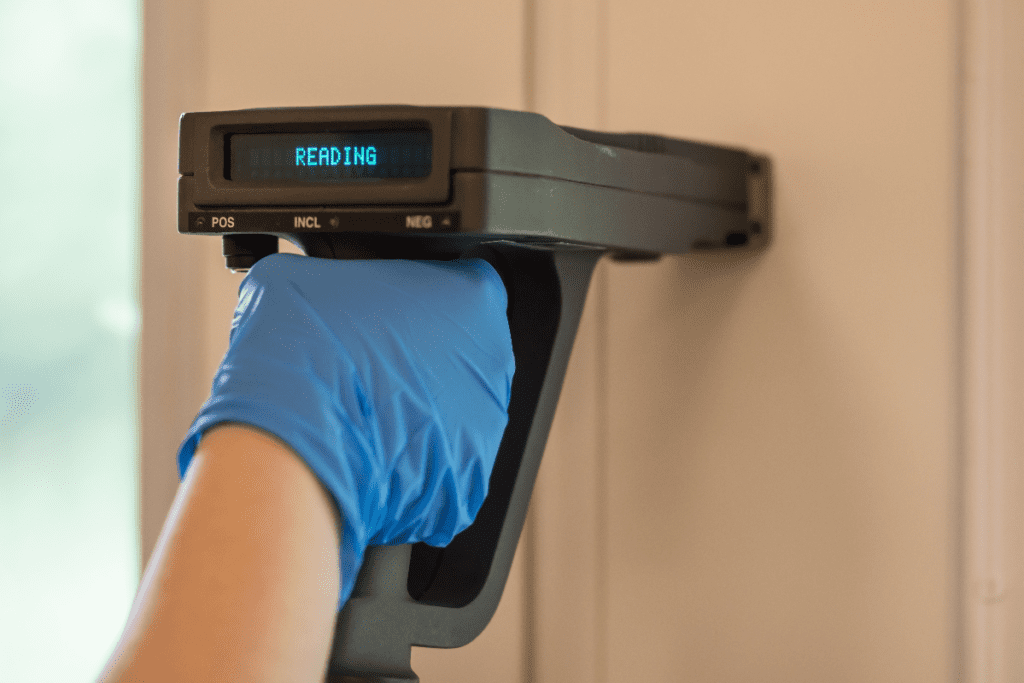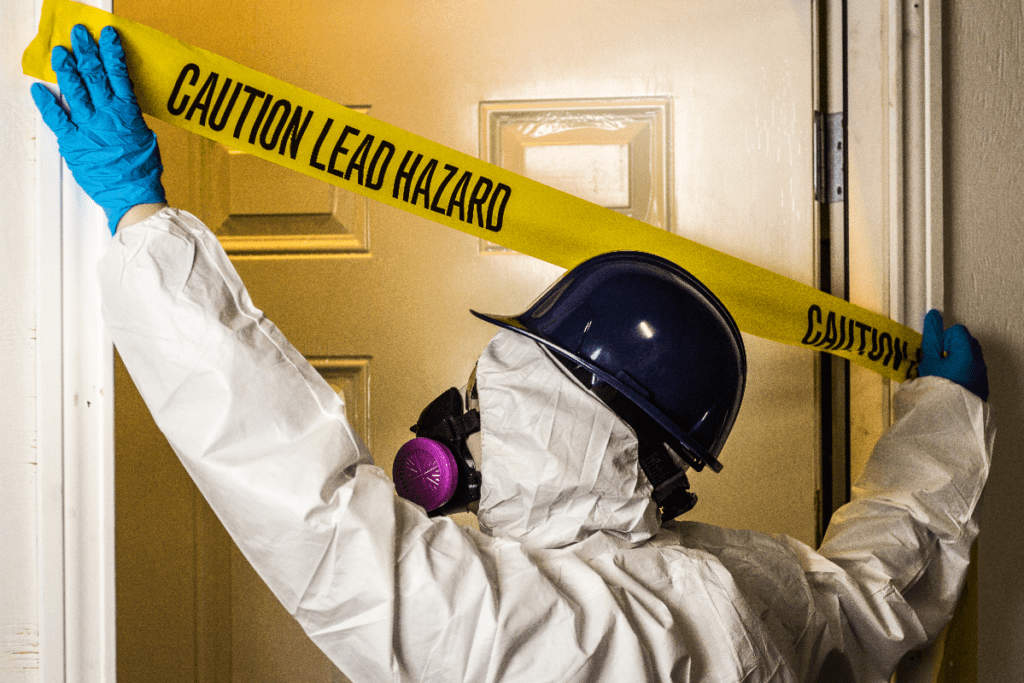Everything Landlords Must Know About the Lead-Based Paint Disclosure Rule

Unless you have a newer home, chances are you'll probably need to deal with a lead-based paint disclosure regardless of whether you’re renting or selling. There are strict laws regarding lead-based paint that regulate how these issues must be handled, but the good news is this is a common occurrence and can easily be managed with a lead-based paint disclosure form.
What is lead-based paint?
Lead paint or lead-based paint is paint containing the metal lead. Lead, when added to paint, was found to decrease drying time, have a high resistance to moisture which prevents corrosion and allows a smaller amount of paint to cover larger surfaces.
Despite its advantages, lead is highly toxic and can cause health problems, especially in children. If absorbed, there can be damage to the brain and other vital organs. It also has been linked to seizures, learning disabilities, behavioral problems and unfortunately, death.
Does my home contain lead paint?

Homes built before 1978 are more likely to have lead-based paint. If you know your home was built before then, it’s best to have your home inspected and/or assessed for lead as a precaution.
An inspection will look at every structural part of your home that is painted such as the walls and windows. However, it won’t tell you if it's hazardous or even how it should be handled.
An assessment takes it further and informs if the lead is hazardous (lead dust, peeling paint). It also provides you with next steps if found to be hazardous.
History of lead-based paint in housing
Lead paint was banned in 1978, but according to the CDC "Lead-based paint and lead-contaminated dust are the most hazardous sources of lead for U.S. children." If your rental was built after 1978, lead-based paint should not be a concern.
Unfortunately, lead contamination is still a concern in the approximately 24 million housing units that still record deteriorated leaded paint and elevated lead dust levels. Lead continues to pose a serious health risk especially for children under the age of 6, so in 1992 the United States passed the Residential Lead-Based Paint Hazard Reduction Act of 1992.
Lead-based paint hazard reduction act of 1992
In order to better protect the public, landlords must provide materials including a lead-based paint disclosure prior to the renting of any home. In total, landlords must do the following actions according to Housing and Urban Development (HUD):
- Provide EPA-approved educational material on identifying and controlling lead-based paint hazards titled “Protect Your Family from Lead in Your Home”.
- Disclose any known information concerning lead-based paint or lead-based paint hazards.
- Provide any records and reports on lead-based paint and/or lead-based paint hazards
- Include an attachment to the lease (or language inserted in the lease itself) which includes a Lead Warning Statement and confirms that the seller or landlord has complied with all notification requirements.
Make sure to check your state and local laws for any additional requirements.
Providing a lead-based paint disclosure form
In doing all the steps above, the most straightforward lead-based paint disclosure form will be the lead-based paint disclosure form provided by the EPA. This form will allow you to detail what you do and don't know about lead-based paint and residue on your property.
While fulfilling these obligations does not require you to test and alleviate all lead hazards, it is to everyone's benefit to make sure your property is safe for renters. Just because you identify lead, it does not mean that it must be removed. Often, lead-based paint can be treated by covering the affected area with approved materials or by painting over this area with a latex paint. If the lead is specifically deteriorating though, it is in your benefit to identify and remove the contamination to promote tenant health as well as avoid potentially damaging litigation.
Removal of lead-based paint

Removal of deteriorated lead contamination is in your best interest. Unlike areas in good condition that can be painted over, chipped and flaking lead-based paint is a danger to both current and future residents. It is advised that if removal is necessary, you should contact an EPA-approved team to conduct this work as contamination risks are high both during work and cleanup. Remember, even removed lead must be disclosed, so you want your disclosure to reflect your professional cleanup efforts too.
Exemptions to lead disclosures
While lead-based paint disclosures are the standard for rental homes older than 1978, there are some exemptions. While these exemptions exist, they don't necessarily follow intuitive rules and logic. Exemptions are available for the following:
- Dorm-style housing that doesn't have separate bedrooms
- Short-term or vacation rentals, for units leased less than 100 days
- Elderly housing and housing for the disabled, but only if children do not live in this unit.
A good note to remember is that one of the reasons children are at higher risk for lead contamination is a tendency to stick fingers and other objects in their mouths frequently and without proper handwashing. This tendency added to small and developing brains and bodies makes children the highest risk for lead exposure.
Protect your tenant and your home
While lead-based paint is a risk, it is also common, and usually an easy risk to remedy. Be sure lead-disclosures are included in your leasing process, following approved EPA guidelines. The landlord's job is to ensure their property is in the best possible condition and safe, and to make sure tenants are aware of what the landlord does and doesn't know about the presence of this contaminant. A tenant who feels their landlord is taking all the steps to ensure their safety, is a tenant who will want to continue renting from you and ensure the safety of your property as well.
Content in article is cited from the U.S Environmental Protection Agency (EPA), Center for Disease Control (CDC) and the U.S Department for Housing and Urban Development (HUD).
